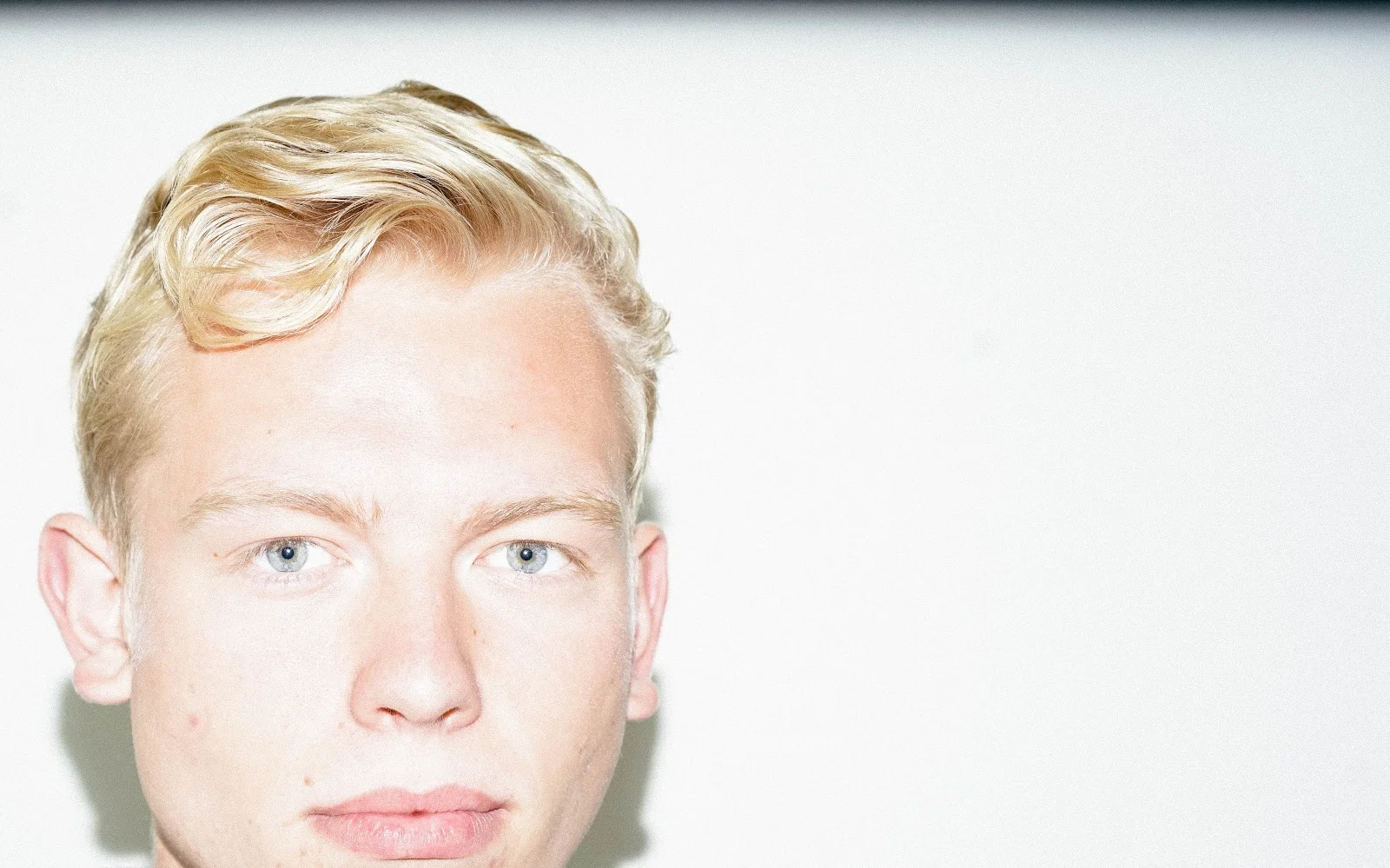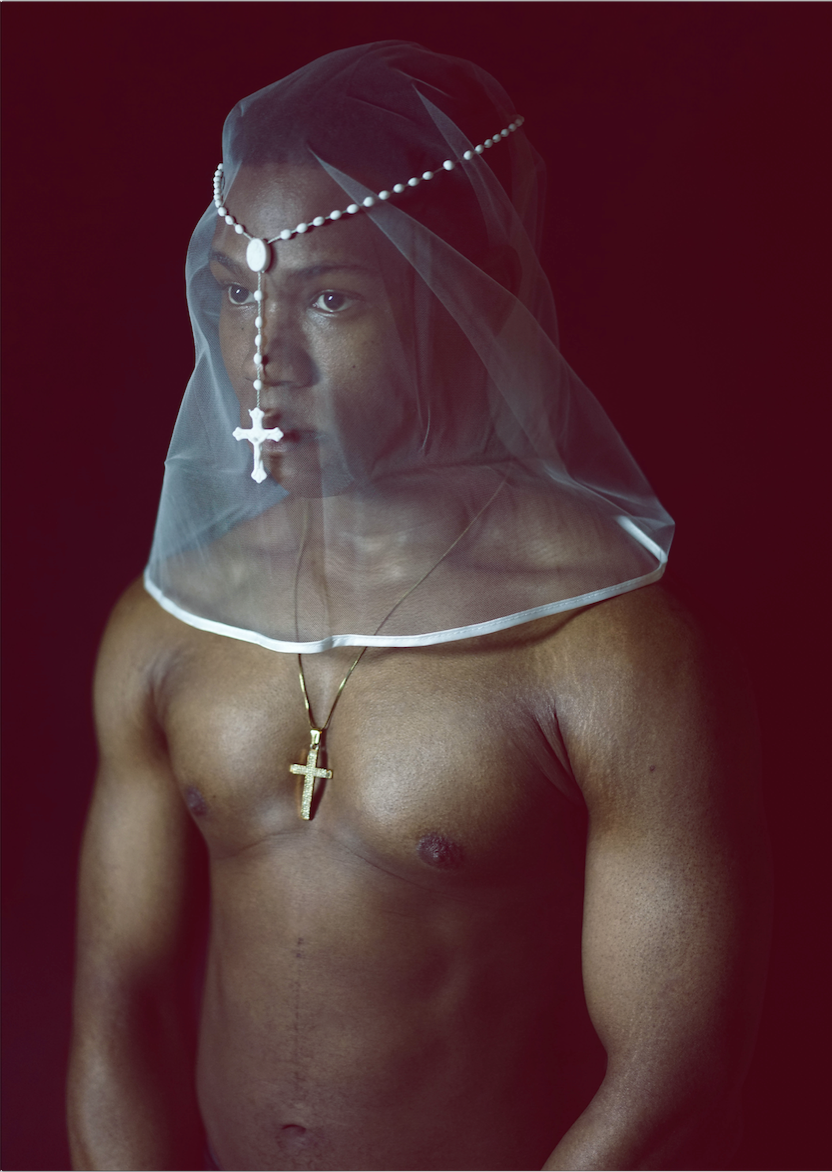ZOOM: Rei Halverson
How did you get into photography - were you interested in it when you came to St. Andrews?
I entered the fashion show community here through music, composing the live strings opening piece for Don’t Walk in my first year. I then became interested in this busy creative culture and all of its components I knew nothing about. I just kept taking photos on my phone, the iPhone photos are what I submitted as my portfolio to be Head of Photography for Sitara. I shot on a kitschy Canon Rebel camera until I could afford something else. From there I just took pictures of people around me, more music and more moments with my friends, that’s what kept me taking photos here in St. Andrews. The ways your photos circulate on social media platforms can become everything; obviously, the more people you meet the more you network with. This allowed me to build my own brand and I’m so happy with all the places I landed.
Do you think St. Andrews is a good space for creative collaboration?
I think St. Andrews is, on one hand, a great place for creative collaboration because in this town you have so many different points of view, but there are also so many other elements that factor into the final product which might make it more difficult to actualize a creative project logistically. The creative environment in St. Andrews allows you to learn in ways you’d never imagine, just because of the chaotic and claustrophobic situations that you’re thrown into. These help grow you as an artist, to find out exactly who you are in both good and bad ways. I’d say this process is bittersweet but definitely rewarding in its own right.
What’s the most recent project you’ve been working on?
Jonathan Quow and I are working on a project coming up. We’ve collaborated frequently in the past, from his Spotify profile when he was just getting his music on streaming platforms, to now actually building a brand and a biography of who he is as an artist. In the .visions photoshoot he was bathing in his tub of ‘blood’, so the narrative photography I’m planning with him now will hopefully be even more unsettling and engaging. We’re taking advantage of people’s imaginations and trying to push the boundaries as far as we can go.
When I was looking through your portfolio I noticed that quite often it seems like there was a social commentary expressed through the images. How do you approach taking pictures?
Photography for me is anything but natural. It is the manufactured product, result, and baby of the digital world just like we all are. The Internet has allowed us this interesting clusterfuck platform to put forth anything we want, any version of ourselves. In today’s world, especially through instagram, it doesn’t take any critical acclaim or accolade to be iconic, its accessible to anyone. My photography is meant to be intrusive, jarring. It should be everything no one expects from me, but also everything I think that they deserve in that point in time. That’s the social commentary aspect of it. When my photos stop telling a story and being interactive is when I’ll stop taking them. Photography is the extension of my personhood: telling the surreal, ordinary stories of real and imaginary realities of people and places. That’s what they intend to do.
I think your style of editing is very particular and that one can tell straight away when they look at an image you took. How did you figure out that that’s the type of ‘look’ that you want your pictures to have?
Because photography for me isn’t a business, developing a ‘style’ has been such an intimate experience and manifestation of so many of my different interests that have nothing to do with taking pictures. When someone sees a photo taken by me, whether it’s good or bad, true or false, evoking admiration or confusion, as long as they’re feeling something that’s the whole point. It’s about creating that point of contact. That’s what my style aims to do- when people see it to think that there is no other person who could have manufactured that reality but me. There is no aesthetic which I look up to, it’s really just a projection of myself that I want reflected in my photos.
You told me you do a lot of “create and destroy”: why would you destroy your own pictures?
I never want my projects that I’m working on right now to be always referential of the past. I think that if I’m always holding on to photos which have the most likes or have gotten me the furthest by the industry’s standards, then I’m never really growing. I always want to be taking that next step and every photo to feel completely new and removed. I also don’t want to hold onto the technical aspects of things I used to like and then apply them to future projects. This is why I’ve never settled for one creative portfolio.
Do you have a favorite picture at the moment?
The Les Jeunes Tactical Vest, digital e-waste series image. I’ve compiled a ton of stock photo e-waste from the Internet and individually cut out certain parts of each file. The final image is composed from 2500 pieces of them, all turned upside down. That photograph shows how you can create something visually cohesive that is actually entirely fragmented at its core, it projects the idea of visual pollution which is what I’m interested in at the moment.
What draws you to particular subjects or projects that you do?
I’m influenced by artists, but also people that I surround myself with because so many of them are artists of all different kinds. I see interactions with them as the most compelling and striking moments in my life, which is why so many people in my photos are familiar faces. I am drawn to those perhaps ‘ordinary’ human moments in time that have the ability to project something iconic just by happening.
What do you want to want to focus on in the future in terms of photography?
I don’t want to be a photographer in the future. I want to be an anthropologist, a writer and focus on telling stories of humans on Earth. We’re at an urgent moment in time.
This is a proof from the first Spotify artist shoot with Jonathan Quow from last year. We were running on little to no time and resources, not knowing much about one another as people other than that we we were going for an ASAP Ferg meets LinkedIn Photo meets Kings James meets King Kunta sort of vibe and that was that. In spending 4 hours together blasting the trashiest most beautiful soundcloud rap from the BX we could find, it was the start of honing his incredible aesthetic I’m excited for people to see more of.
This shot is a pre-color corrected draft from the Les Jeunes ‘Bad Habits’ Hoodie series. The garment itself is such an interesting piece, collaging commonplace logos together into one unfamiliar mess. The brand is always discussing visual culture through their clothing and I wanted the final product, combining stock images, a long day, a broken bike, and a convenient news headline to be just as aesthetically disarranged.
If Lil Peep, Lil Yachty, Fat Nick, and Blink 182 had a baby it would be Mattison. He’s that 612 kid from the burbs who will run around K Mart parkings lots with you in corners where the Minneapolis city infrastructure is dying and remind you of all the reasons why it’s so incredible to be alive to watch it all go to hell. I was lucky to be a part of that moment.
Interview by Ania Juszczyk
https://www.instagram.com/reisworld_isflat/
https://vsco.co/reillyhalverson
All photos by Reionthewall.com







